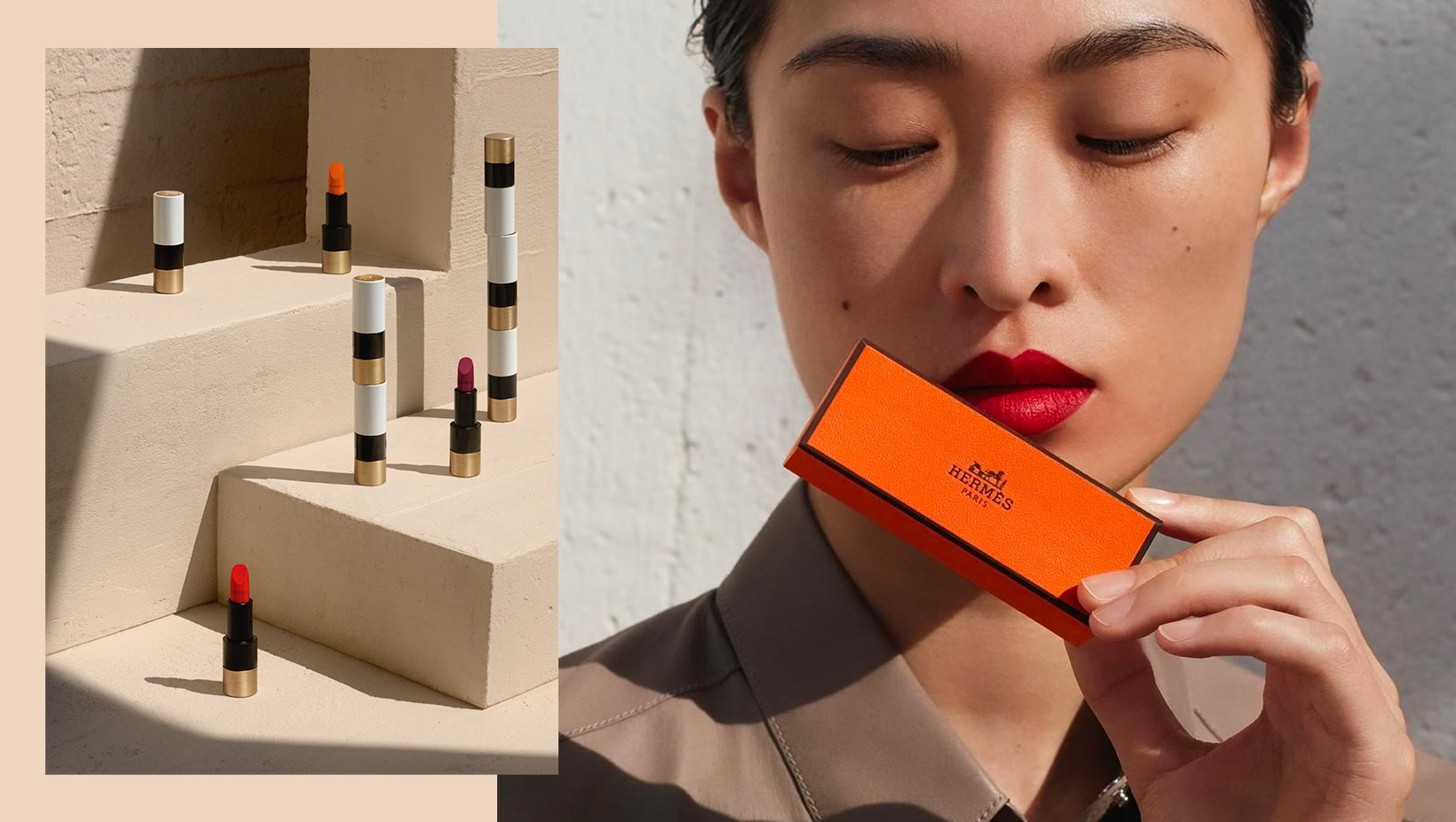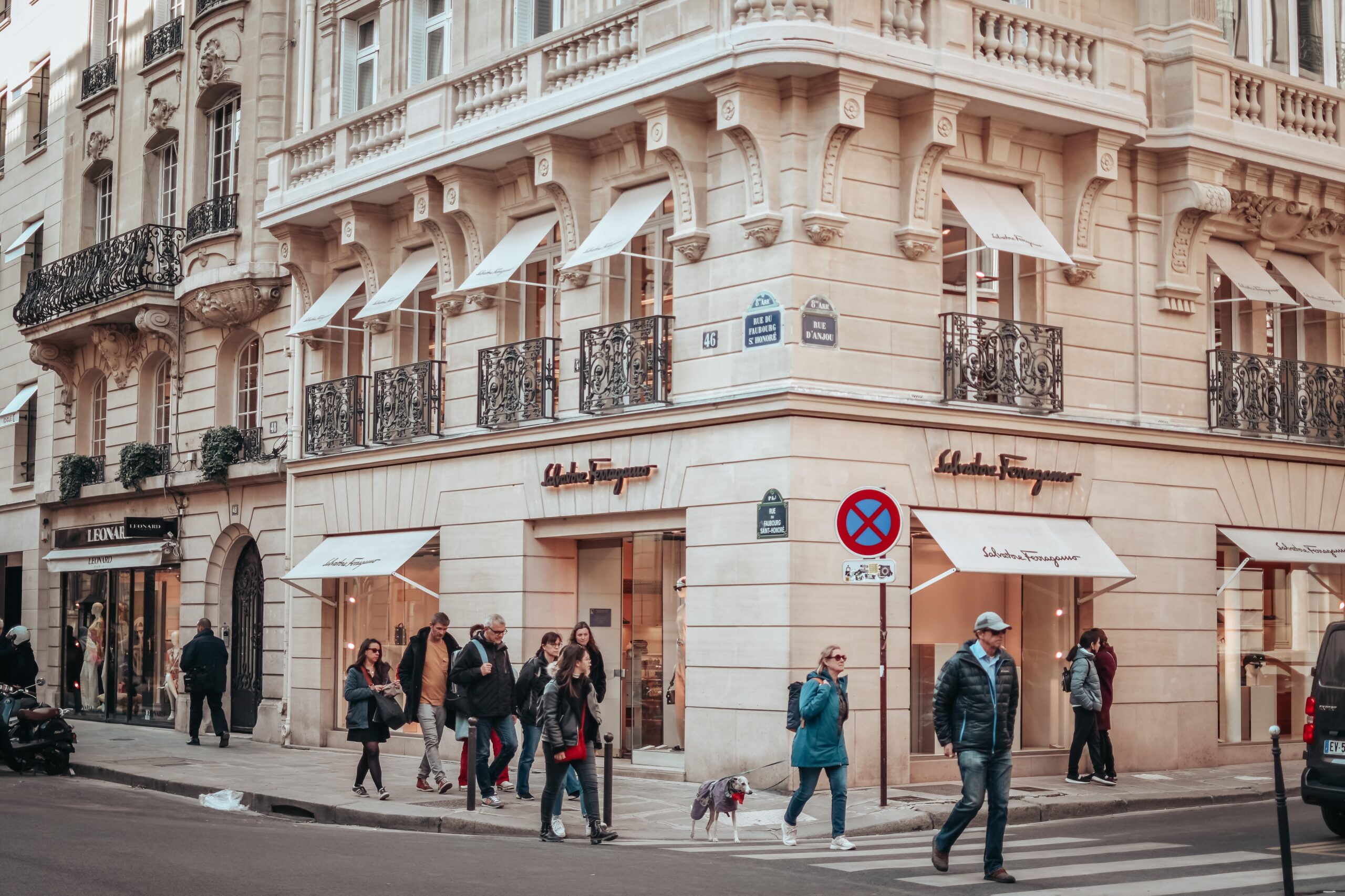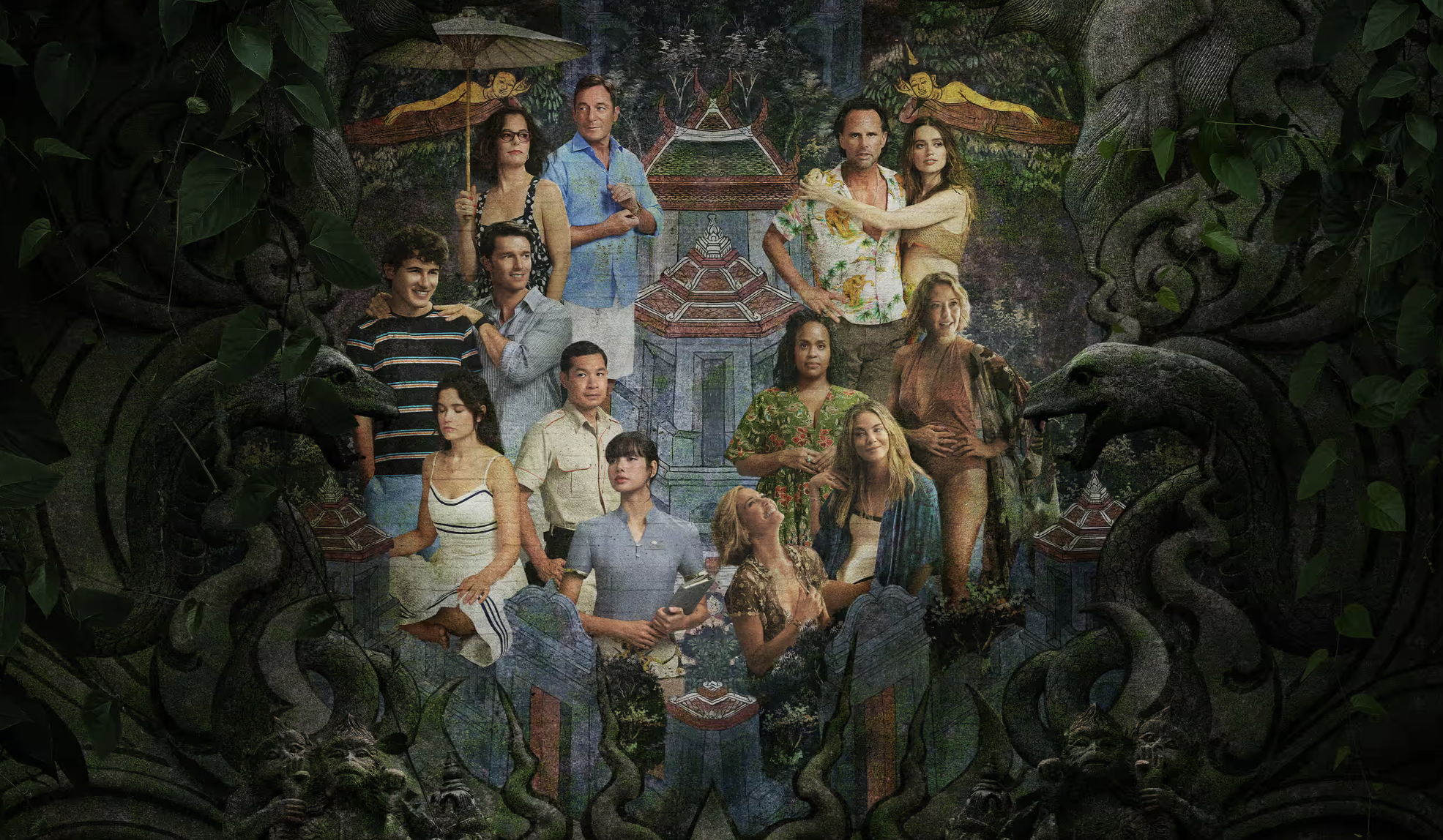Art-Infused Hospitality at 21c Hotels
(Photo: Oxford American)
Over the past decade there has been a huge shift in how consumers shop and experience everyday things. Hotels and resorts, where it was once just okay to sleep in are also getting a makeover. It’s about time because most hotels are behind when it comes to simple updates such as technology, loyalty and operations. The expansion of hotels and resorts into concepts is a growing trend in hospitality, where properties are no longer just about accommodations but immersive experiences designed around a specific theme, lifestyle, or ethos. This shift caters to modern travelers who seek more than just a place to stay. They want a story to step into.
Art Hotels are a unique and growing segment in the hospitality industry, where the design and experience of the property are deeply influenced by art, culture, and creativity. These hotels aim to immerse guests in the world of art, not just as a decorative element, but as an essential part of the overall experience. Art hotels are becoming destinations in their own right, offering guests the opportunity to live and breathe art in every corner of the space.
The market for hospitality art concept hotels is experiencing notable growth, driven by travelers’ increasing desire for unique and immersive experiences. While specific data on art concept hotels is limited, related sectors provide insight into this trend.
Market Growth Indicators:
- The global concept hotel market is projected to grow at a compound annual growth rate (CAGR) of 9.5% between 2022 and 2027, reaching a value of $36.7 billion (Source: HospitalityNet)
- The art tourism market is forecasted to increase by $8.3 billion at a CAGR of 3.4% from 2024 to 2029, indicating a rising interest in art-related travel experiences.
- Boutique hotels, which often emphasize artistic design and personalized experiences, are projected to see growth in the coming years. The number of business guests at boutique hotels is expected to accelerate as business travel demand increases.
- Lifestyle hotels, blending unique design with major hospitality conveniences, are on the rise. In the Middle East, guests are willing to pay an average of 16% more, and up to a 30% premium in some cases, for lifestyle hotels over traditional ones.
The key features of Art Hotels are what will continue to add depth and substance to their overall offerings. Here are some favorites:
- Art as the Heart of Design
Art hotels often feature cutting-edge architecture and interior design that is both functional and artistic. The spaces themselves become living canvases, with art installations, murals, and sculptures incorporated into the walls, floors, and public spaces.
— - Immersive Art Experiences Some art hotels provide immersive art experiences where guests can interact with the artwork or even participate in the creation of it. For example, The Arles Hotel in France offers a “masterpiece of the day,” where different artists display their works for guests to experience.
— - Collaborations with Local and International Artists These hotels often collaborate with local artists and cultural institutions to reflect the essence of the area they’re located in. For example, hotels in artistic cities like Berlin or New York might feature street art, contemporary installations, or photography exhibitions that are deeply rooted in the local culture.
— - Architectural Beauty The architecture itself can be a form of art in these hotels, with bold, contemporary, and sometimes avant-garde designs that are as much a part of the experience as the artwork inside. The spaces are carefully designed to evoke emotion and inspire guests with each moment of their stay.
— - Artistic Integration with Technology Many art hotels are now integrating technology into their offerings. Digital art installations, interactive media, augmented reality (AR), and virtual reality (VR) experiences may be part of the guest experience, allowing visitors to explore new dimensions of art and creativity in an innovative way.
Art hotels are often boutique-style properties that offer intimate, personalized experiences. Guests can feel as though they are walking through a living gallery rather than just staying in a hotel. The focus is on creating an atmosphere where every detail, from the furniture to the artwork, tells a story and connects the guest to the broader narrative of creativity.
An Insider Look: 21c Hotels
Just seven of these boutique hotels exist that merge art and hospitality, with in-house museums that feature contemporary art installations and exhibitions. The beauty of staying at one of these gallery-like hotels is experiencing curated rotating exhibitions, site-specific installations and cultural programming per each location. Each restaurant on-site has its own dedicated chef with its own unique point of view. 21c Hotels were founded by contemporary art collectors and preservationists with a deep appreciation for art and its power to transform.
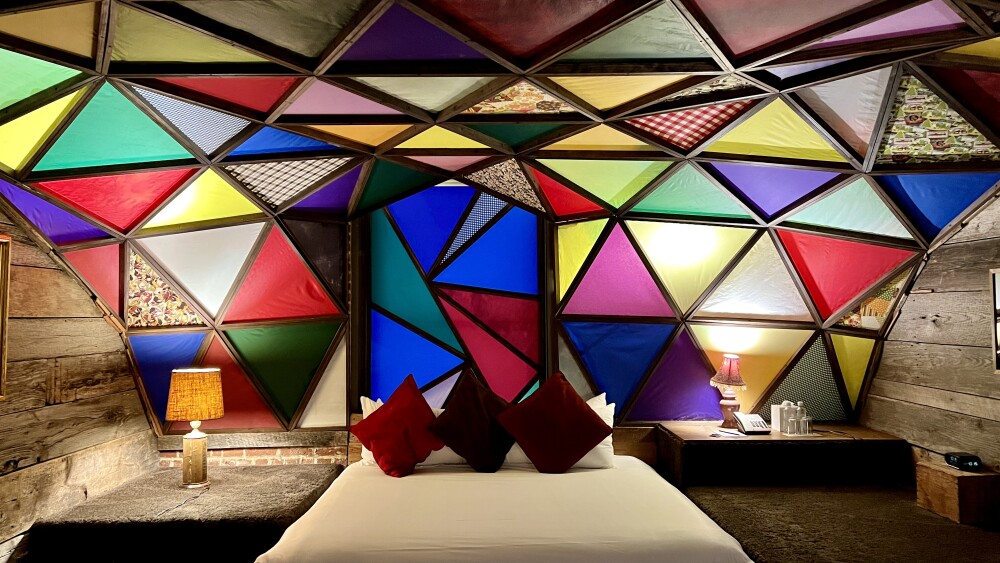
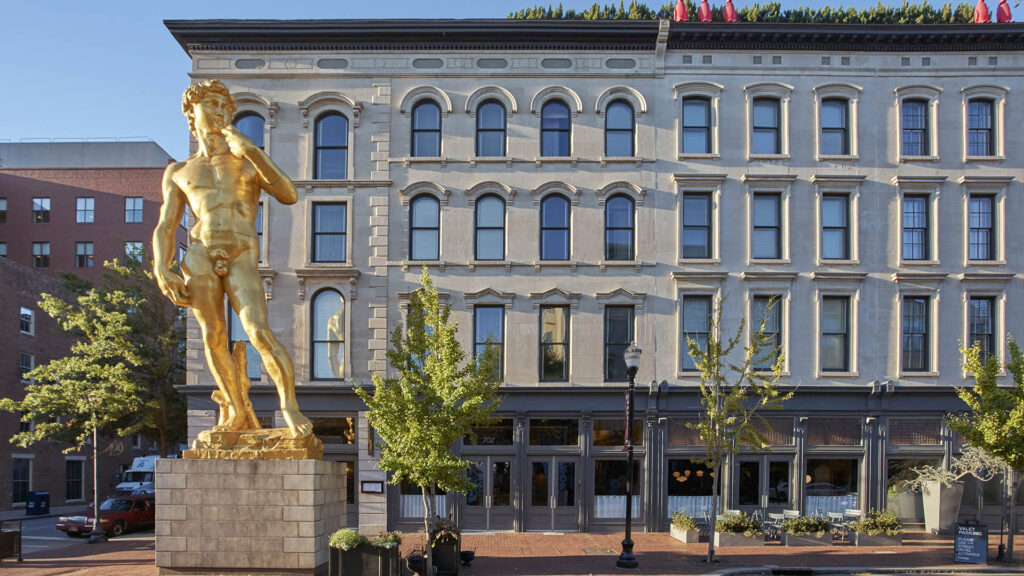
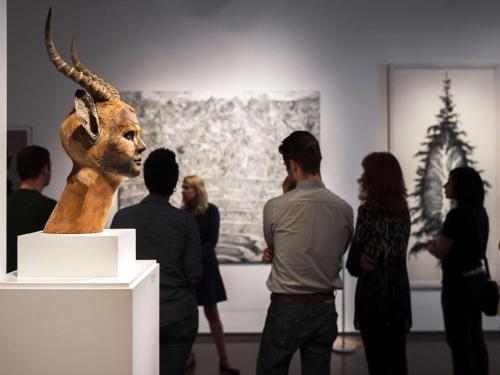
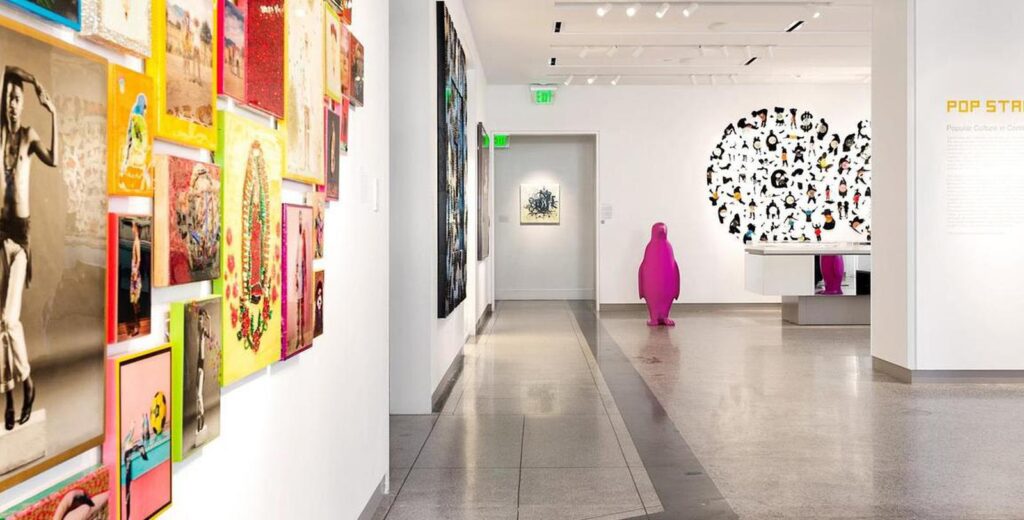
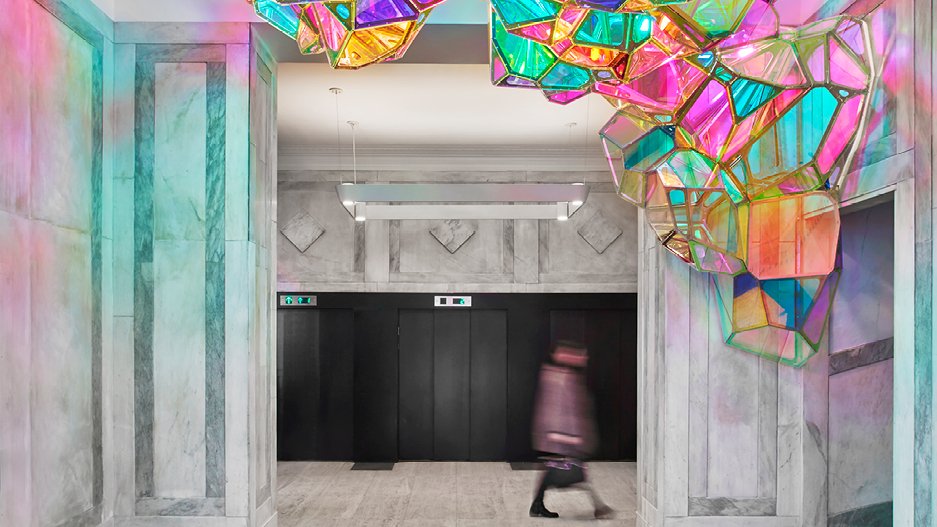
—
Hospitality and retail concepts such as this are by no means a trend. They are a lifestyle upgrade calling out to niche interest groups and prequalifying them as loyal guests who seek experiences that align with their values and passions for aesthetic sensibilities. These spaces foster deeper emotional connections between brands and their customers.
Looking to infuse your hospitality or retail concept with art or understand what other elements fit your brand’s vision?
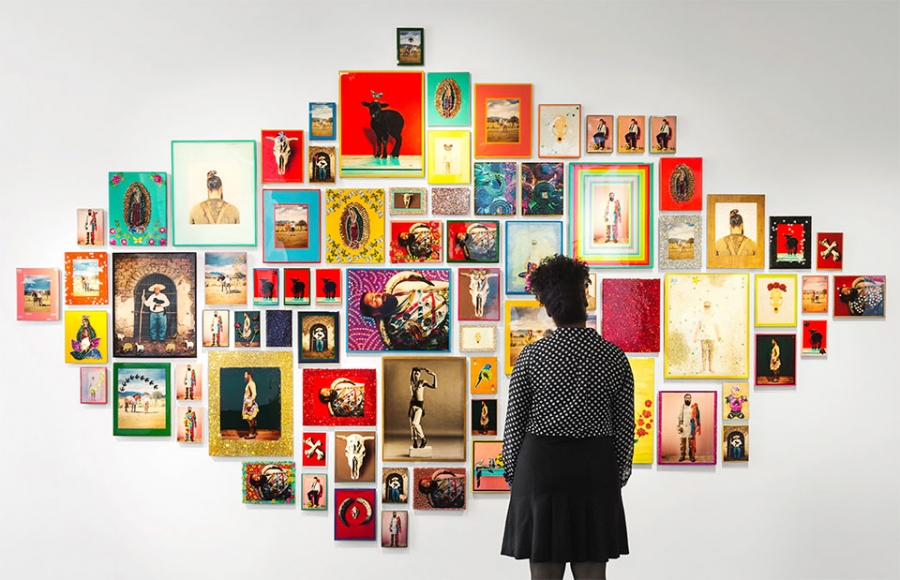
Almost there!
Be the first to know
about all the exciting news at Magnatist!
Thank you for leaving your email. We'll keep you updated!



